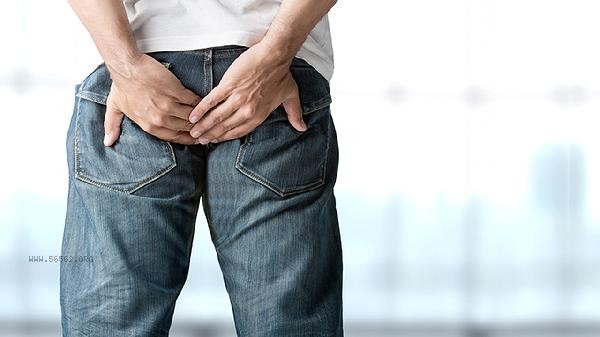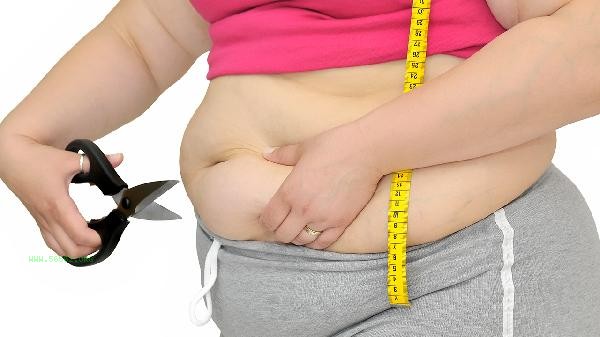The exercise of gluteal muscle groups plays an important role in maintaining body balance, improving athletic performance, and preventing injuries. The gluteal muscles mainly include the gluteus maximus, gluteus medius, and gluteus medius. Strengthening these muscles helps to enhance lower limb strength, stabilize pelvic position, and improve posture.

1. Improve athletic performance
Hip muscles are one of the largest muscle groups in the human body, playing a key role in movements such as running, jumping, and squats. Strong hip muscles can provide stronger explosive power and endurance, helping to complete higher intensity exercises. For athletes and fitness enthusiasts, exercising the gluteal muscles can significantly improve athletic performance.
2. Improving body balance
Weakening of hip muscles may lead to pelvic tilt forward or backward, which in turn can cause lower back pain and poor posture. Through targeted hip exercises, pelvic position can be corrected, lumbar pressure can be reduced, and the body can maintain a natural upright state. Long term exercise can help shape a healthier body shape.
3. Prevention of sports injuries
insufficient hip muscle strength can increase the burden on the knee and ankle joints, which can easily lead to sports injuries. Strengthening the gluteal muscles can distribute pressure on the lower limb joints and reduce the incidence of common sports injuries such as running knee and iliotibial band syndrome. This is particularly important for people who sit for long periods of time.

4. Promote metabolic health
As a major muscle group, exercise in the buttocks can effectively stimulate the secretion of growth hormone and accelerate metabolism. Regular hip training can help burn more calories and aid in body fat management. Meanwhile, an increase in muscle mass can also enhance basal metabolic rate, which has a positive impact on long-term weight control.
5. Relieve Lower Back Pain
Modern people's sedentary lifestyle can easily lead to atrophy of the gluteal muscles, which in turn can cause compensatory over tension in the lower back muscles. By activating and strengthening the gluteal muscles, the burden on the waist can be reduced and chronic back pain can be improved. Especially suitable for sedentary professionals such as office workers and drivers.

It is recommended to include hip training in the regular exercise plan, and basic movements such as squats, hip bridges, and side leg lifts can be selected. Targeted training should be conducted 2-3 times a week. During training, attention should be paid to the standardization of movements and avoid compensatory force. Simultaneously combining aerobic exercise and dietary management can achieve better health outcomes. For individuals with severe back and waist problems, it is recommended to undergo training under professional guidance.








Comments (0)
Leave a Comment
No comments yet
Be the first to share your thoughts!